A massive solar storm that hit Earth over the weekend is now intensifying, with the potential to cause radio blackouts and put significant strain on power grids. According to the US National Oceanic and Atmospheric Administration (NOAA), the solar storm activity will continue for the next few days, spawning a G3-level magnetic storm, on the space weather scale used to track the severity of magnetic storms when they hit Earth, which ranges from G1 (mild) to G5 (extremely strong).
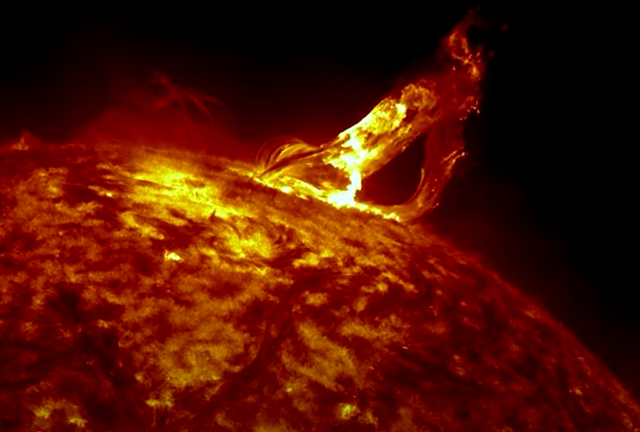
NOAA said the G3 storm could cause minor disruptions to radio and satellite communications, with the possibility of losing radio communications for several hours. The advisory also warned that GPS could be down in some areas.
“The storm is currently moving very fast, but the magnetic field strength is still moderate. It is likely to reach G3 or G4 levels in this early stage,” Dr. Tamitha Skov, an independent space weather physicist, posted on X. “A stronger part of the storm may come later.”
A geomagnetic storm is a temporary disturbance in the Earth’s magnetic field caused by a stream of charged particles from the Sun’s outer layers. The Midwest and Northeast of the United States could see electrical disruptions such as false alarms and automatic shutdowns, leading to widespread blackouts. The powerful storm is also expected to produce spectacular auroras across 13 states on the evenings of June 2 and 3.
A solar storm is a powerful outburst of energy on the surface of the Sun, usually originating from sunspots or active regions. When this occurs, the Sun releases large amounts of radiation, solar wind, and charged particles (protons, electrons) into space. When these streams of particles collide with the Earth's magnetic field, they cause disturbances in the magnetosphere, leading to geomagnetic storms, auroras, and can disrupt technological systems on Earth.
The Carrington event (1859) is known as the most powerful solar storm on record, with the energy equivalent to 10 billion nuclear bombs. It caused auroras visible in the tropics and paralyzed the global telegraph system.
Not only was the power grid affected, but rail lines and pipelines were also paralyzed, causing major disruptions to transport and sending fuel prices soaring.
Low-orbit satellites (such as GPS, telecommunications, and weather satellites) could be damaged by high-energy particles from solar storms. This would disrupt GPS navigation systems, telephone and internet communications, and weather forecasts.
Disruption of GPS and the Internet will affect financial transactions (such as bank transfers, stock trading) and air traffic control systems, causing chaos in the aviation industry. Traffic management systems (such as traffic lights, railways) can also be affected, leading to the risk of accidents.
Magnetic storm recording technology in Vietnam
Astronomer Dang Vu Tuan Son, President of the Vietnam Astronomy and Cosmology Association, explained that magnetic storms are actually an unusual explosion of charged particles emitted from the Sun, a phenomenon more accurately called a coronal mass ejection (CME). Streams of charged particles from the Sun are constantly being launched into space and colliding with the Earth every day. That stream of charged particles is called the solar wind.
A magnetic storm, or coronal mass ejection, is actually a sudden increase in the intensity of the solar wind due to unusual activity in a certain region of the Sun, resulting in the appearance of flares or sunspots.
Solar flares in certain regions of the Sun often cause magnetic effects that affect human life on Earth. Usually, small coronal mass ejections, which often lead to effects we call magnetic storms or solar storms, only have low-level effects, such as disrupting television, radio, telephone signals, etc., which affect human health but the level is not alarming.
Associate Professor Dr. Ha Duyen Chau - former Director of the Institute of Geophysics, Vietnam Academy of Science and Technology, said that solar storms (also known as magnetic storms) are strong variations of the Earth's magnetic field.
When the Sun is very active, sunspots appear on its surface. From these sunspots, solar chromosphere explosions occur, ejecting plasma beams into space (called solar chromospheres).
They consist of electrically neutral particles that will impact the Earth, covering the entire Earth and disrupting the magnetic field system. Although called storms, they exist invisible, cannot be detected by the naked eye and only cause specific effects.
Associate Professor Dr. Nguyen Xuan Anh, Director of the Institute of Earth Sciences, said that Vietnam currently has a system of four geomagnetic stations to record magnetic variations and storms as well as serve the research and forecasting of storms. These four stations are located in Phu Thuy (Gia Lam, Hanoi), Sa Pa (Lao Cai), Da Lat (Lam Dong) and Bac Lieu (Bac Lieu province).
However, currently, only two stations in Phu Thuy and Da Lat are capable of transmitting data directly to the Institute of Geophysics as well as internationally. In Vietnam, the mission is only to continuously observe the Earth's magnetic field and make long-term forecasts (about 30 days). Research on short-term magnetic storm forecasts (about 30 minutes/day) has not been carried out due to lack of equipment and data.
The Institute of Geophysics is planning to upgrade stations and stations collecting geomagnetic and ionoelectric data with modern digital magnetic recording equipment to improve the quality of geomagnetic field research and magnetic storm forecasting.
Source: https://baolaocai.vn/bao-tu-tan-cong-trai-dat-viet-nam-co-bi-anh-huong-post402780.html










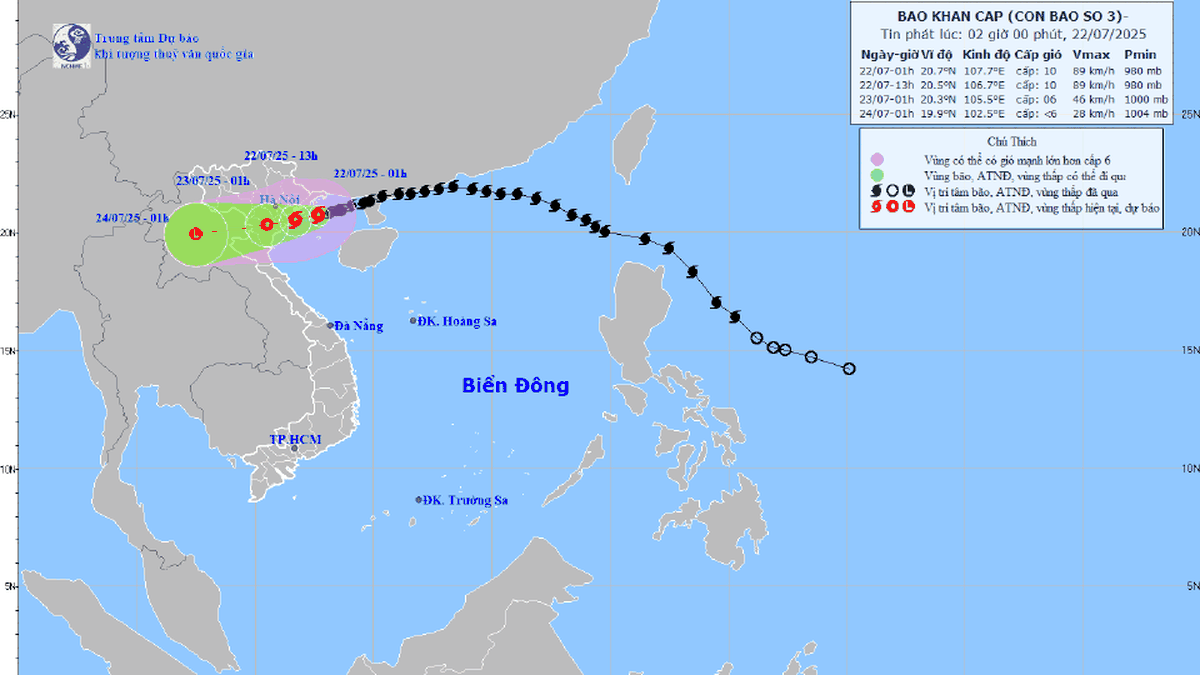




















![[Photo] National Assembly Chairman Tran Thanh Man visits Vietnamese Heroic Mother Ta Thi Tran](https://vphoto.vietnam.vn/thumb/1200x675/vietnam/resource/IMAGE/2025/7/20/765c0bd057dd44ad83ab89fe0255b783)

























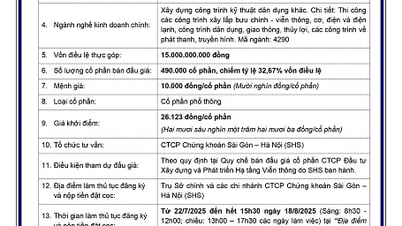








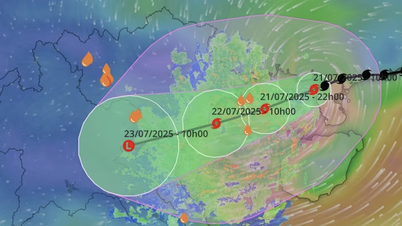











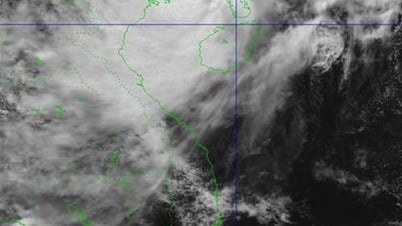






















Comment (0)